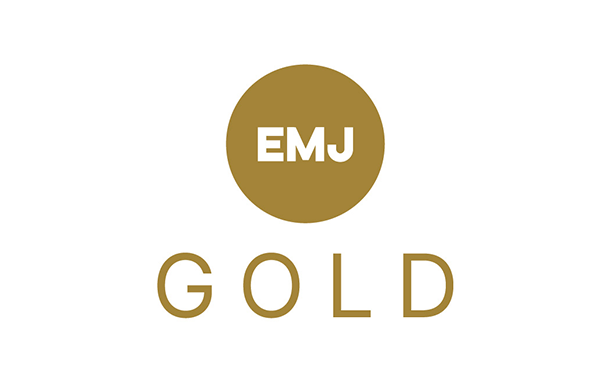The relationship between health literacy and digital literacy is becoming symbiotic. The pharmaceutical industry must ensure digital health tools are accessible to marginalised patient populations while encouraging digital health literacy more widely
Words by Cheyenne Eugene
Technology is redefining the routes through which patients and providers exchange health information. From telemedicine to wearable devices, digital transformation is creating more agile and consistent delivery of care, but the modernisation of health management can be a minefield for so-called ‘digital immigrants’ – those individuals who are not native to the digital world.
Learning how to manage a condition through technology can be akin to learning a new language. While the use of a device may be empowering and intuitive for some, it can be overwhelming and exclusionary for others. How can the pharmaceutical industry transform uncertain patients into confident captains of their digital health journeys?
The beating heart
Patient centricity is the beating heart of digital health. “Healthcare should look different for everyone,” says Betül Susamis Unaran, Chief Strategy and Digital Officer, Zur Rose Group, speaking at FT Live’s Global Pharmaceutical and Biotechnology Conference. “We are not talking about curing and treating diseases anymore, it’s about empowering people to live their lives to the fullest.” By listening to the needs of patients, particularly in those demographics at risk of exclusion, the industry can create solutions that are personalised, well designed and accessible. Not only can this lead to higher adoption, but also greater levels of adherence. For patients with particularly low digital health literacy, the answer could lie in electronics and wearables that automatically send information to their healthcare teams.
Patient centricity is the beating heart of digital health
The ultimate goal of patient centricity is to create a seamless healthcare experiences for all, but Susamis Unaran acknowledges that “it is not yet possible to manage every aspect of our health in one place”. Any degree of complexity to digital health tools can act as a barrier for those who are not confident in utilising technology. This is a concern held by Lauren Bataille, Head of Digital Medical Capabilities, Novartis, another speaker at FT Live’s conference, who says: “Multiple logins and multiple devices – we talk about patient centricity, but that is not patient centric.” Digital tools must be as streamlined as possible, so potential hassle is reduced for patients at all junctures.
Support systems
Navigating these solutions without the guidance of healthcare professionals is an additional challenge that must addressed. “Technology’s biggest risk is when it’s independent, when it’s not supported,” says John Reites, CEO and Co-founder, THREAD, also speaking at FT Live’s conference. He adds that particularly in relation to overlooked demographics, “it’s the support system and the navigation around the implementation of technology that makes it valuable. Technology breaks and has problems… but the way you cement and rebuild trust is people [being there to] say ‘I can fix this. This is what you do’”. The pharma industry must ensure that digital solutions are paired with troubleshooting channels to prevent disengagement due to use issues.
Digital solutions can help to monitor disease progression and encourage healthy behaviours at scale. But only when these tools are accessible to all patients, can pharma “be one step closer to our vision where healthcare is for the individual, not the other way round”, says Susamis Unawran. It is imperative that the industry acknowledges and addresses varying levels of digital health literacy and works to bridge the digital divide in healthcare.






